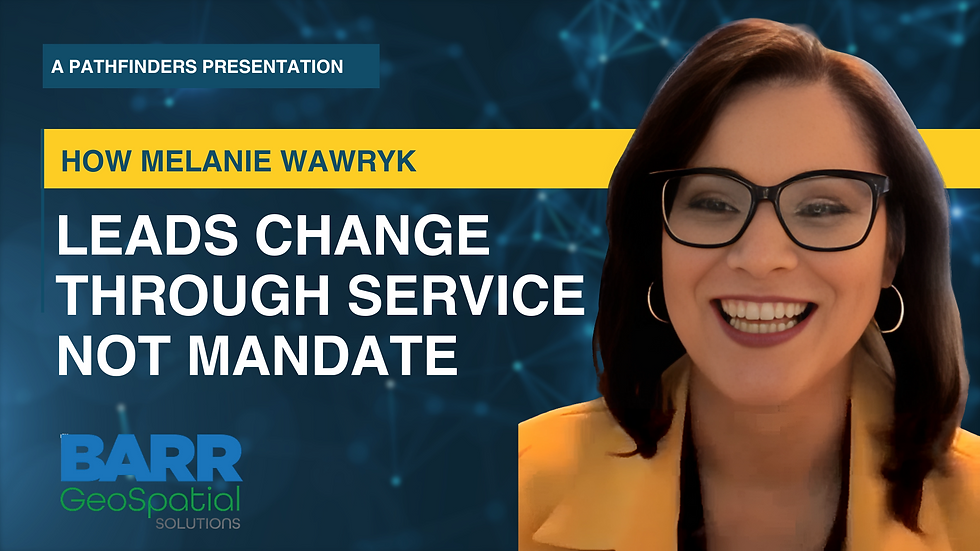Mapping Canada's Future: The Case for Societal GIS
- Jeff Lamb

- Aug 29
- 2 min read
Updated: Sep 1
Canada is at a turning point. The nation faces cascading crises—housing shortages, climate-related disasters, aging infrastructure, and economic fragmentation—while public trust in government systems grows fragile. These challenges cross municipal, provincial, and federal boundaries. Yet our governance remains siloed, our data fragmented, and our decisions too often made without seeing the full picture.
To meet this moment, Canada needs a Societal GIS.

Societal GIS is a federated, public sector–led framework that connects people, places, and decisions in real time. It enables governments at every level to collaborate while retaining control of their data. It is not about centralizing power or outsourcing innovation. It is about empowering public servants with the tools to govern a complex, interconnected country.
The need is urgent:
By 2030, over $300 billion will be invested in housing, transit, and climate adaptation. Without a shared spatial infrastructure, these investments risk duplication, delays, and wasted taxpayer dollars.
One in five Canadians lives in a region highly vulnerable to flooding or wildfire, yet emergency data often fails to move fast enough between jurisdictions to save lives.
Private vendors are building proprietary systems that threaten to pull control of public data out of public hands, reshaping governance in ways that prioritize profit over public good.
This is a critical juncture. If we do nothing, Canada risks losing its ability to coordinate across its federation, weakening responses to housing, climate, and health crises.
Who must lead? The answer lies in the public service. GIS professionals and data stewards already have the tools, expertise, and relationships to build this system. They are the architects of Canada’s spatial infrastructure, and they must step out of the map room and into strategy.
What if we get it right? Imagine a Canada where:
A federal housing minister can instantly see how provincial zoning changes intersect with municipal infrastructure plans.
Indigenous nations can collaborate as equal partners while protecting sovereignty over their data.
Public servants align investments across housing, transit, health, and climate, creating outcomes that are greater than the sum of their parts.
This is not theory. York Region has already demonstrated this model through its York Data Co-op, enabling real-time data sharing across municipalities and agencies while preserving local control. Scaling this nationally is possible, but only if we act now.
Societal GIS is the missing layer in Canada’s Digital Public Infrastructure. It is the foundation for ethical AI, smarter governance, and decisions that reflect the lived realities of Canadians.
The map is in our hands. The question is simple: will we let others define it for us, or will we step forward and draw a future that reflects Canada’s highest ideals?







Comments